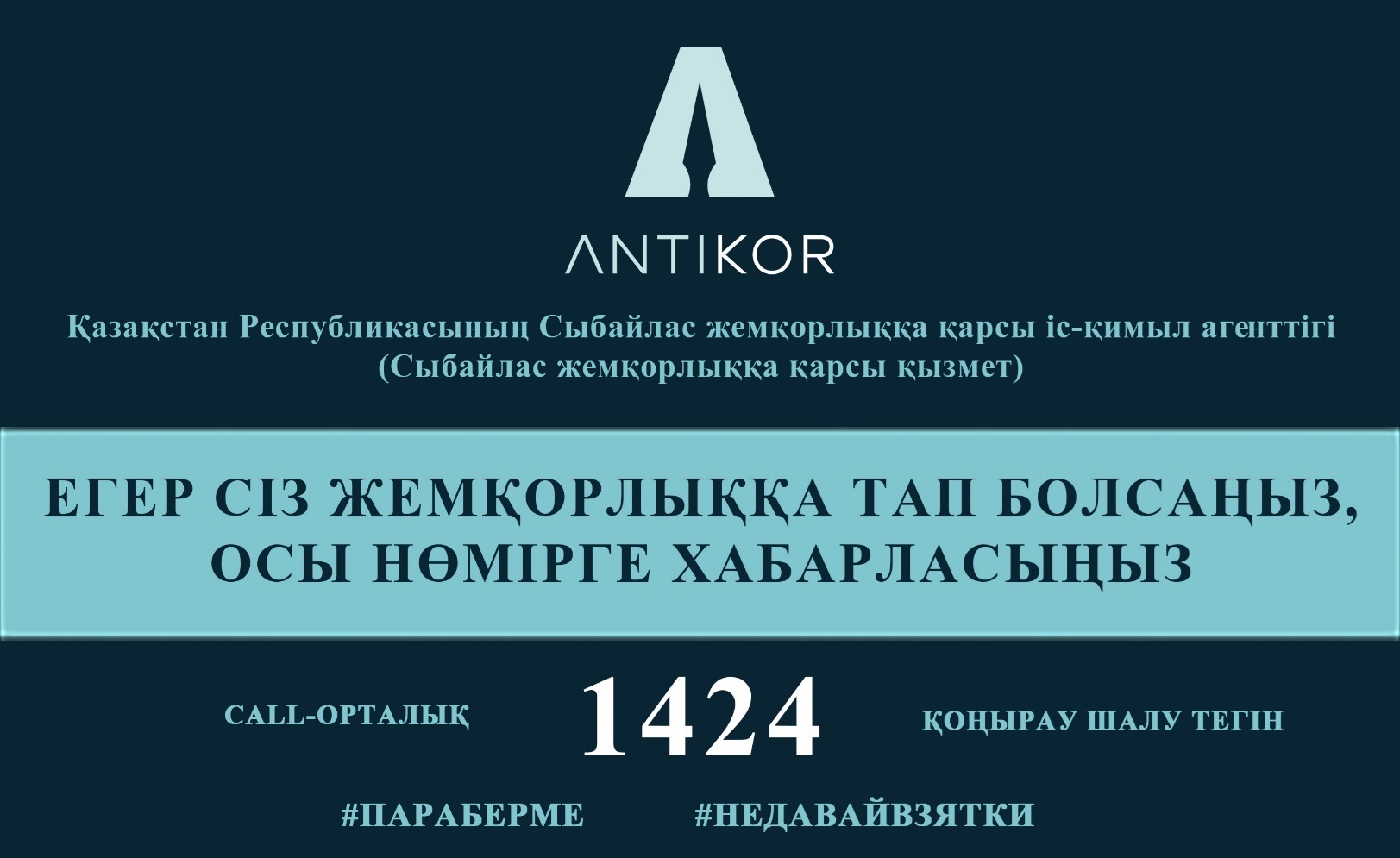
May Day – traditions and celebrations in England
May Day is the festival of the Spring, popular across the Northern Hemisphere as a time for various traditions. It is celebrated on the 1st of May, and in many countries coincides with International Workers’ Day. In the UK, the focus is on Spring fertility, with dances and traditions celebrating the changing weather. Like many British celebrations, these traditions have pagan origins, combined with Celtic traditions.
On May Day, English people often gather outside for dances and parties. It has a community focus, often associated with small towns, villages and schools, so gatherings are likely to occur in parks, commons and schools.
May Day was originally a celebration associated with farming and fertility for the land and livestock. It comes at a time when the seeds are sown, when farm workers have earned a good rest. With agriculture such a small part of English society now, not many people continue these traditions. Instead, it has become a community party, where the celebrations are often organised by local councils or institutions. Many English schools put on May Day celebrations, with children organised to dance around the Maypole, and other communities may put on fetes, with fun and games.
English teacher: Skidan L.M.



 Мектепке дейінгі балалар ұйымына жолдама қалай алуға болады
Мектепке дейінгі балалар ұйымына жолдама қалай алуға болады
 Мектепке тіркеу үшін құжаттарды қабылдау
Мектепке тіркеу үшін құжаттарды қабылдау

 Жаратылыстану-гуманитарлық...
Жаратылыстану-гуманитарлық...














